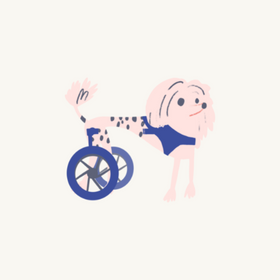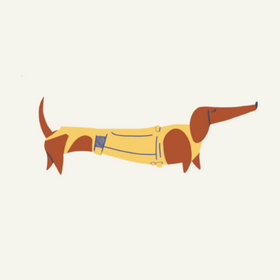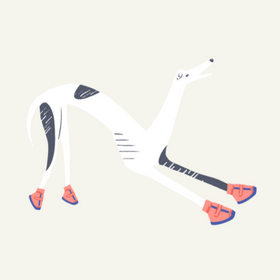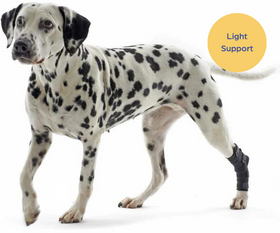01730 622544
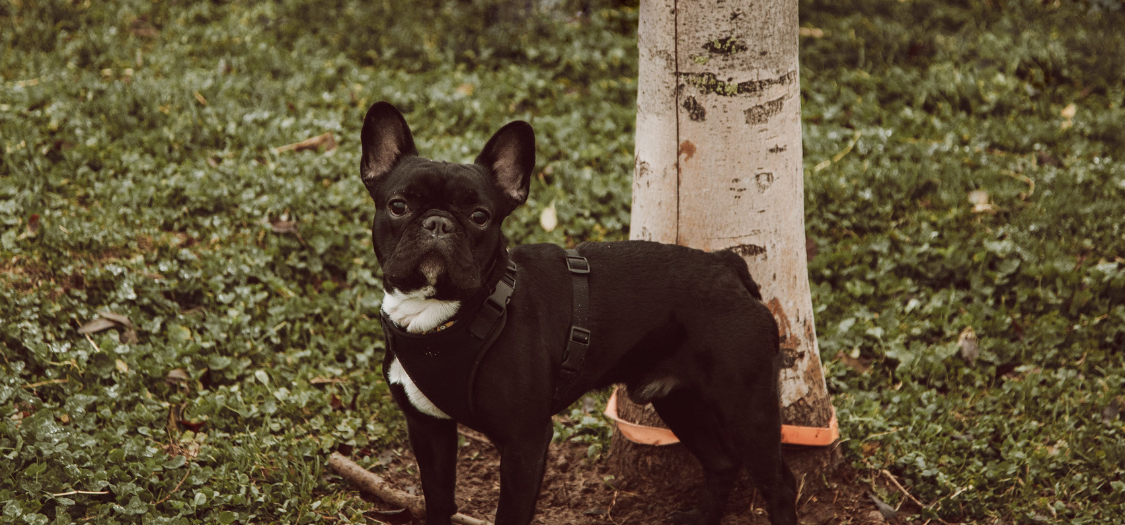
My 4 year old Frenchie has IVDD. He is not in much pain atm and is extremely mobile and active. The vet has prescribed 4 weeks in a cage, with lots of drugs to keep him calm. I’m looking at other options and see that you have a brace for dogs with IVDD
Unfortunately, IVDD in French Bulldogs is a higher possibility than with some other breeds, as they're chondrodystrophic (i.e. shorter legs to longer bodies). This means that they're one of the higher risk IVDD dog breeds, who are statistically more likely to develop dog IVDD.
We’re glad to hear that your Frenchie doesn’t seem to be suffering or in pain, and has good energy levels.
However, a dog back brace should never be a substitute for prescribed cage rest. The cage rest is so that the spinal cord can start healing and allows inflammation to reduce. Any activity, apart from toilet breaks (which should be on a lead and for 5 minutes at a time) might exacerbate the inflammation, or make the disc herniation worse. Therefore, however difficult it is for you and your dog, you must complete the four weeks.
Once the four weeks have passed and your vet has signed off on more physical activity, then is the time to consider a brace, probably in conjunction with physiotherapy.
The WiggleLess dog back brace is proving very successful in helping with IVDD in dogs. This is because it’s designed to ‘squeeze’ the spine to elongate it, thereby relieving pressure on the nerves from the disc herniation and subsequent inflammation. This is a longer term solution to try and avoid the long-term use of anti-inflammatory medication, which can have side effects and be harsh on the dog’s liver.
WiggleLess dog back braces are also designed with wrap-around flexible stays to limit the sideways motion rib cage, to reduce and stabilise excessive motion. The theory is that this excessive motion causes friction of the discs, meaning they become inflamed, starting the dog IVDD cycle. Studies are currently underway to prove the efficacy of these braces.
Be aware that your dog may be surprised when you first put the brace on. It’s a new ‘stimulus’ and you may need to encourage your dog to walk forward using treats and encouragement.
The process may be incremental: 5 minutes wearing it, with no walking, the first day; 10 minutes and some walking the next. It may take some patience to get your dog used to wearing it.
It also may take a bit of time for there to be a noticeable improvement in your dog’s gait and spinal position.
Make sure that the straps on the stays are lined up symmetrically for your dog’s comfort and to ensure the brace is as effective as possible.

Looking for help with your dog?
We can help find the right solution for your dog
Feel free to give us a call on 01730 622544
or email us at woof@zoomadog.co.uk

